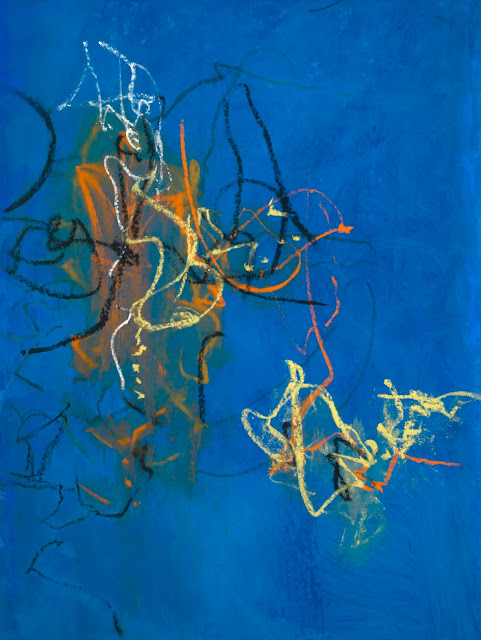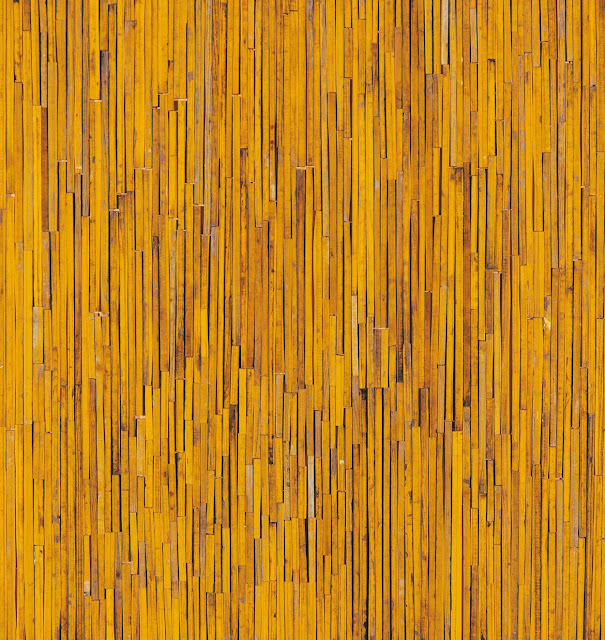"Cleve Gray (1918–2004) was an American painter best known for his calligraphic abstractions which melded elements of Abstract Expressionism, Color Field painting, and traditional Chinese scroll painting. Often contrasting flat applications of colors with gestural brushstrokes, Gray’s marks appears to float above the picture plane. Born Cleve Ginsberg on September 22, 1918 in New York, NY, he went on to study at the Phillips Academy in Andover,MA and later art history at Princeton University. In 1942, he enlisted in the army, going on to serve in Britain, France, and Germany during World War II. After the war ended, he remained in Paris, falling under the influence of Cubist painters like André Lhote before returning New York in 1946. In the 1960s, Gray developed a close friendship with the artist Barnett Newman, and slowly abandoned his Cubist tendencies, developed during his time in Paris, in favor of more color-based and gestural compositions. Gray gradually thinned his oil paints and eventually switched to acrylic to create washes of pigment. Gray died on December 4, 2004 in Hartford, CT. Today, his works are held in the collections of the Albright-Knox Art Gallery in Buffalo, The Museum of Modern Art in New York, the Phillips Collection in Washington, D.C., the Museum of Fine Arts in Boston, and the Whitney Museum of American Art in New York among others."(artnet.com)




















































